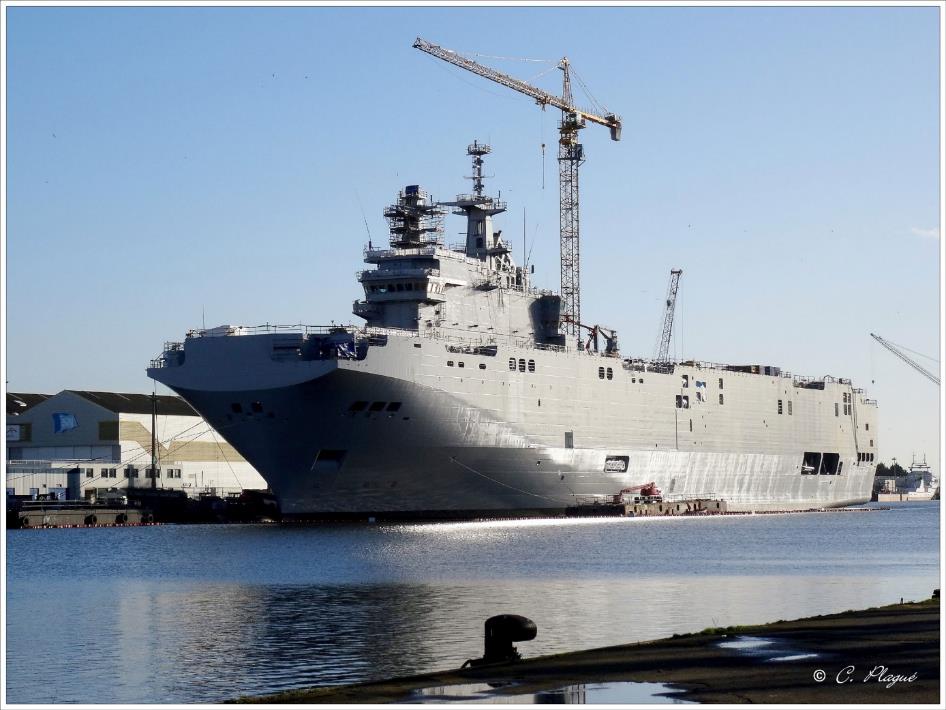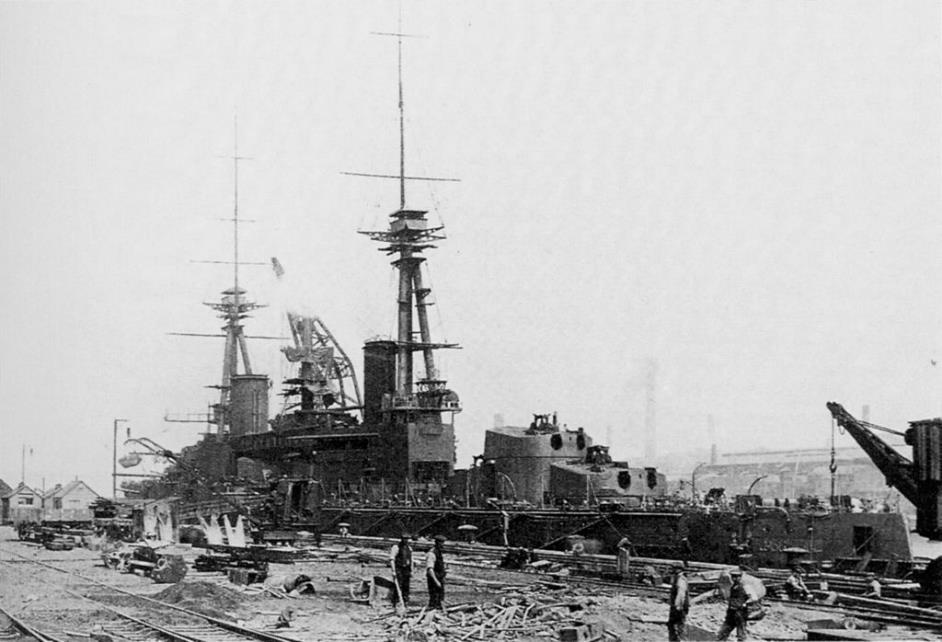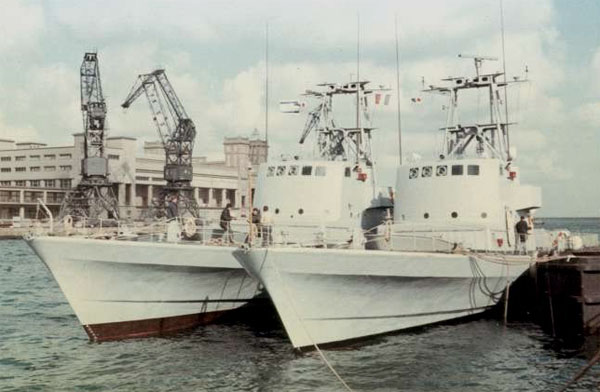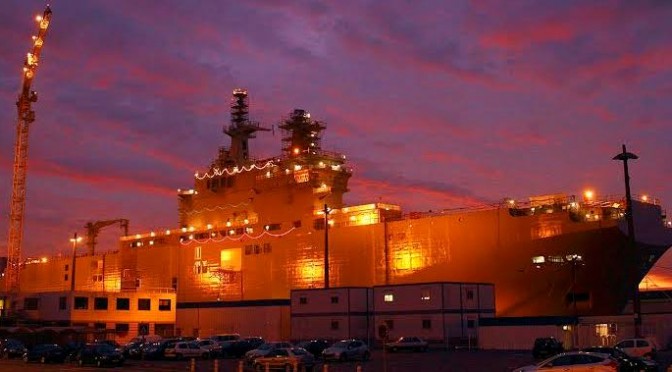Is there a case for historical analogies and the use of military history for contemporary decision-making? Are we just marking the centenary of World War One or, a hundred years on, are we going back to the future? Like others I acknowledge the value of history as a frame of reference, but I try to avoid (too close) analogies. Especially with World War One. Inconveniently, on 17 July 2014, Russian separatists in Ukraine shot down an innocent passenger aircraft killing 298 passengers and crew. Russia’s international credentials headed south, but questions remained also with regards to Ukraine’s role in this sorry episode. As recriminations were flying back and forth I felt reminded of the sinking in 1915 of the British liner LUSITANIA by the German submarine U-20. Then, 159 (neutral) American passengers were killed (out of a total of 1,198 casualties); the episode caused irreparable damage to Germany’s reputation and international relations in World War One.
And there I was. I suppose you can find such analogies everywhere, if you cast your net wide enough. But as the discussion flared up again about the sale to Russia of two MISTRAL-class amphibious assault ships (BPC-210 class) by France, I really had the impression that we have been there before in some way or another. One of the vessels (the VLADIVOSTOK) has already paid for and France is in a quandary whether or not to deliver the ship to Russia, a country against which the EU has by now imposed wide-ranging sanctions. Reversing the German government’s tacit approval of Paris’s sale of the ships to Russia, some German politicians have now suggested that instead the EU should step into the contract and buy the ships. France argues the crews have already arrived in France for familiarisation and France cannot back out of the contract.

Rewind 100 years: on 2 August 1914 the Ottoman Empire ratified an alliance with the German Empire setting in motion a chain of events whose effects can still be felt today. This step had not been entirely unavoidable for the Entente powers. Unfortunately, the government in Istanbul had placed orders for two dreadnoughts with British shipyards (or rather: it had taken over a Brazilian contract in one case), one in 1911 and the other in 1913 (as well as one in 1914, but work never began on that order). As war loomed large the British government, at the behest of the First Lord of the Admiralty Sir Winston S Churchill, pre-emptively seized the two Ottoman battleships named Sultan Osman-ı Evvel and the Reşadiye after having stalled delivery of the already completed SULTAN OSMAN-I EVVEL for several weeks. The Admiralty offered a fixed payment per day for their usage in war, but this did not mollify the Ottoman government or public. The situation then was, of course, quite different from that of today, since France and Russia are not as war (as the British and Ottoman Empire would soon be after this episode), but the vignette offers a nice object lesson on the diplomatic and strategic reverberations of the cancellation of a major weapons deal in times of heightened tension.
The cancellation of the dreadnoughts’ delivery to the Ottoman Navy pushed Istanbul into the arms of the Central Powers. It also gave the Germans the opportunity to leverage the political and strategic impact of two vessels – the battlecruiser GOEBEN and the light cruiser BRESLAU – that were effectively bottled up inside the Mediterranean. Both ships were sent to the Ottoman Empire, which conveniently “purchased” the vessels as a replacement for the two dreadnoughts on 16 August 1914. However, these two ships were never an adequate replacement for the two heavy dreadnoughts kept by the British. It was only luck and the early demise of Czarist Russia that that prevented the small flotilla from being swept up in the Black Sea by the much bigger Russian dreadnoughts (IMPERATICA MARIJA class) that came into service in the course of the war. The Ottoman Empire also never fully recovered from the loss of her best naval crews that had been interned in Britain, even though the German crews expended much energy on training their Ottoman allies. In this respect, seizing the two vessels made a difference in the balance of power, though one that the Entente was never able to capitalise upon. Ultimately, Russia’s demise was also a result of the Entente’s inability to control the Bosporus.

Acquiring the two Ottoman dreadnoughts in 1914 was a double edged sword for the Royal Navy. Although it increased the fleet size by two very powerful ships, those never quite fit into the fleet due to the different specifications to which they were built. Agincourt – originally a Brazilian prestige project, failed to impress Admiral John Jellicoe to the point that he initially refused to accept the ship into the Grand Fleet. The ship also required modifications, such as a conversion of the lavatories or addition (in the course of the war) of a better fire control system. The Royal Navy’s lack of enthusiasm for the two gift horses became apparent after the war, when Agincourt and Erin were the most modern major surface combatants to be scrapped in 1922 in order for Britain to meet her obligations under the Washington Naval treaty.
So what is to be done about the MISTRALs due to be delivered to Russia? Just like the dreadnoughts would have been valuable to Ottoman sea control in the Black Sea, the MISTRALs would be just the tool for Russia’s new “ambiguous warfare” and a valuable addition to re-asserting its sea control over the Black Sea rim, as Felix Seidler has argued in a recent post here. Indeed, his suspicion that at least one of the ships would be deployed to the Black Sea, rather than the Pacific, was borne out by a statement made by the Russian Navy on 27 July 2014, stating that one vessel would be based in Sevastopol. Indeed, not just as a C2 platform, but also as a floating base for special operations the MISTRALs would add very convenient capability given Russia’s current security environment and concept of operations in the Black Sea region.
As the Agincourt example shows, purchasing the ships brings its unique set of problems. Beyond the issue of technical integration into western forces, there is Russia’s political response to consider, which includes the small matter of Europe’s (especially Germany’s) dependence on Russian natural gas. The cancellation of the MISTRAL deal (technically only possible if the EU imposes level 3 sanctions) might just be enough to push Russia into retaliating with the “energy weapon”, something that might make even the most vocal German politician pause. France, however, is largely immune to this threat and has little to lose except its credibility as a weapons supplier and the loss of revenue from future arms deals with Russia.
France already has experience with having paid-for warships and problematic (embargoed) customers on her hands. In 1969 the Israelis recovered five Sa’ar 3 guided missile boats that had already been paid for from a French yard after the French had refused to hand them over. This was a somewhat offbeat example of how to resolve such a matter. After the French government under Charles de Gaulle imposed an arms embargo on Israel in 1968, the boats were sold to a mysterious Panamanian-based Norwegian firm which was of course a front for the Israelis. There is some controversy, but it appears that French intelligence was forewarned about Israeli intention to liberate the vessels. So was the shipbuilding supervisor, Felix Amiot, who was later blamed for his part in the affair, but vigorously defended himself by saying “Security is not my problem. My job was to build ships. I got along very well with the Israelis, but as far as I know that is not a crime.” Ironically, Amiot’s shipyard had won the contract largely because it was able to deliver a German-design, which the Germans themselves could not deliver to Israel in the first place due to their restrictive arms export policy. On the morning of Christmas Day 1969 the five boats surreptitiously left Cherbourg and began their transit to Israel. There was some faked outrage, but neither French Mirages who overflew the boats nor Russian, British or American warships engaged the unarmed missile boats on their way.

Whatever France’s tacit involvement was in the “escape” of the Stars of Cherbourg, the episode left the relationship between France and Israel markedly cooler for the next 10 years. Israel discontinued the purchase of Mirage aircraft and switched to US products for some time, although France is now again Israel’s largest arms supplier from the EU, especially for equipment that Israel is unable to obtain from the US. Given the protectiveness of France towards its defence industry, it is unlikely that the country would want to risk the highly lucrative arms sale (in the range of US$ 1.5 bn) to Russia just to please its EU neighbours. In any case, short of the EU implementing level 3 sanctions or impending hostilities by Russia against NATO or EU members it would seem unlikely that the MISTRAL deal could (and would) be cancelled without great cost to France – and potentially her European allies, if they are seen to be egging Paris on. More likely that France will try and temporize, hoping that the Ukraine conflict will blow over before the ships are to be formally handed over. Perhaps a lesson from the Ottoman battleships can still be learned here and some “unexpected” technical troubles and delays arising during the acceptance trials could buy France the time needed to avoid having to take an unpleasant decision.
Dirk Steffen is a Commander in the German Naval Reserve and the Director Maritime Security for Risk Intelligence. When not wrestling with West African maritime security issues he reflects on naval and military history, particularly the period between 1840 and 1920. Dirk holds an MA in Military Studies (Naval Warfare) from the American Military University. The views expressed in this article are his own.


